A loyal hunting dog, the coonhound is an active pooch with a tendency to independence. There are several breeds of coonhound and these are distinguished by their coat colours and the size of their ears. All tend to be friendly and intelligent but require experienced owners who can properly train them.
Which breed group is the barbet in?
Breed group: Hound (black and tan coonhound)
Coonhound breed history
This breed was evolved in the United States for hunting. The fox hounds which were imported from Europe in colonial days tended not to be effective in seeking and retrieving prey which could climb trees, such as raccoons, opossums, bobcats. Tree hunting hounds were therefore developed from foundation dogs which demonstrated the ability to follow animals into trees. Bloodhounds were added to many coonhound lines to improve their ability to track scents.
Coonhounds can hunt individually or as part of a pack. They are excellent at working independently of humans and can track almost any prey when properly trained. There are six separate breeds of coonhound which are recognised by the American Kennel Club; the black and tan, redbone, English coonhound, bluetick, treeing walker and plott hound.
Coonhound breed characteristics
Fundamentally working dogs, coonhounds are active pooches that require plenty of exercise. They love exploring and possess strong prey drives and so can be very adventurous when walked off-lead. They tend to be calm in the home, as long as they have been exercised, but are easily bored. They are loyal, friendly and characterful dogs with alert expressions.
The physical characteristics of coonhounds vary across the six types, but all possess short, low-maintenance coats, muscular builds and large or moderately large floppy ears. Those ears brush the branches of bushes aside, helping the dogs to follow scent. Coonhounds love to nap between bouts of exercise and this trait has garnered them an unfair reputation for laziness. They aren’t idle, they just like to conserve energy for the next adventure!
- Lifespan: 10-12 years
- Height: up to 69cm
- Weight: up to 29kg
- Six different types
- Short coats
- Muscular builds
- Active
- Friendly
- Loyal
- Like to nap
- Floppy ears
Health issues with the coonhound
Generally healthy and robust, the coonhound can nonetheless be prone to the following conditions:
- Ectropion
- Hypothyroidism
- Hip dysplasia
- Hemophilia B
What is the coonhound bred for?
Coonhounds were and are bred for hunting, specifically to track and retrieve prey which can climb trees.
What sort of owners does the coonhound suit?
These impressive dogs are independent by nature and may try to dominate other dogs. As such, they require a firm approach to training and so are best suited to experienced owners. They can live anywhere but are happiest exploring the great outdoors. Their strong prey drive could see them chasing smaller pets, but they are good with children. The perfect owner for a coonhound would be a hunter or active person who is able to stay with their pet all day. Coonhounds can live happily with other dogs but will generally try to ensure that they are the leader of the pack. They are not suited to homes with cats as they probably won’t be able to resist chasing them!

